As a full-time autumn and winter girlie, it pains me to say it (but it’s true): by early March, I’m pretty done with winter weather. Here in Oregon, it’s been rain, rain, rain, and, you guessed it, more rain. So much so that my town experienced flooding this past weekend (yikes).
It’s that time of year that makes me want to open every window in my house and throw away every single thing I’ve ever owned. That’s just the vibe, honestly. So it’s no wonder that I decided to redo two rooms in my house: my bedroom and my office. These aren’t the two most high traffic rooms, but they are rooms that become catch alls, which means that when things get busy (like in back to school season, the holiday season, and just-started-a-new-job season), the decluttering tends to take a backseat.
To my great embarrassment, I also have to tell you that in cleaning out the closet in my office (to make space for all the stuff I needed to move in there), I found boxes of notebooks from the job I had from 2014-2019 (why did I keep them?), as well as a completely unopened box of books I bought from Scholastic when Forrest was in pre-k. Not my greatest moment, honestly.
This is all to say: it’s clean out season and that means it’s refresh season. Which means treating ourselves to a few key items to spruce up the house. Here are my top 5 this spring.
A New Rug
Danny and I got rid of our wool rug when we moved into our house—in 2019. So our bedroom has been rug-less for almost 6 years. And not that’s its a necessary thing, but I was getting really tired of our bedroom. This rug is machine-washable and affordable even for the 8x10 size—plus it comes in a few different color ways, all of them really pretty. This has absolutely changed the vibe of our bedroom, lightened it up, and gave it more life. A win-win.
A New Vacuum
I bought a vacuum in 2018 and have been steadfastly using it since. With a large dog, that vacuum absolutely put in the work for a long time. But in the last year, it’s definitely been limping along: there were times where I could tell it was simply not picking up what it used to. I’ve been shopping for vacuums for about 6 months, but couldn’t really decide what I wanted. I ended up going with another Shark; this one is a little more heavy duty and definitely weighs more than my previous vacuum. It works so well that I feel like my floors are finally clean after my poor, weakening vacuum was laid to rest.
Fresh Frames
Since around 2021, I’ve had a mural wall in my office that I love—but I really had started to feel like it was too busy. I’ve had it in my head to start getting prints of my favorite art and so a set of frames became a necessity. This set is so cute and will fit the same vibe as my mural wall—just a little more clean and grown up.
A Fresh Body Scrub
The winter has truly done a number on my hands and feet—and let’s not even discuss what hand foot and mouth disease did. I’ve been moisturizing like crazy and I realized, very suddenly, I need to exfoliate all the winter skin off. Dove body scrubs are really affordable and smell great—and they’ve helped with my hands a lot lately.
A New Bathmat
When we first moved into our house (again in 2019—6 years ago), I couldn’t find an affordable bathmat. I ended up buying these cheap, tiny ones from the College section in Target. And while they work, they’re now falling apart—almost like they were not made to last 6 years of use. The backing crumbles every time I wash them. They’re done! Finished! Through! It was time to say goodbye and upgrade and I’m glad I did. No more crumbly mess after I wash them.
That’s that! 5 items I’ve added to my life lately that have made a huge difference. I’ve been working to make purchases more intentionally for the past 2 years and that often means taking more time to replace something I had to buy out of necessity years ago. What are you loving lately?














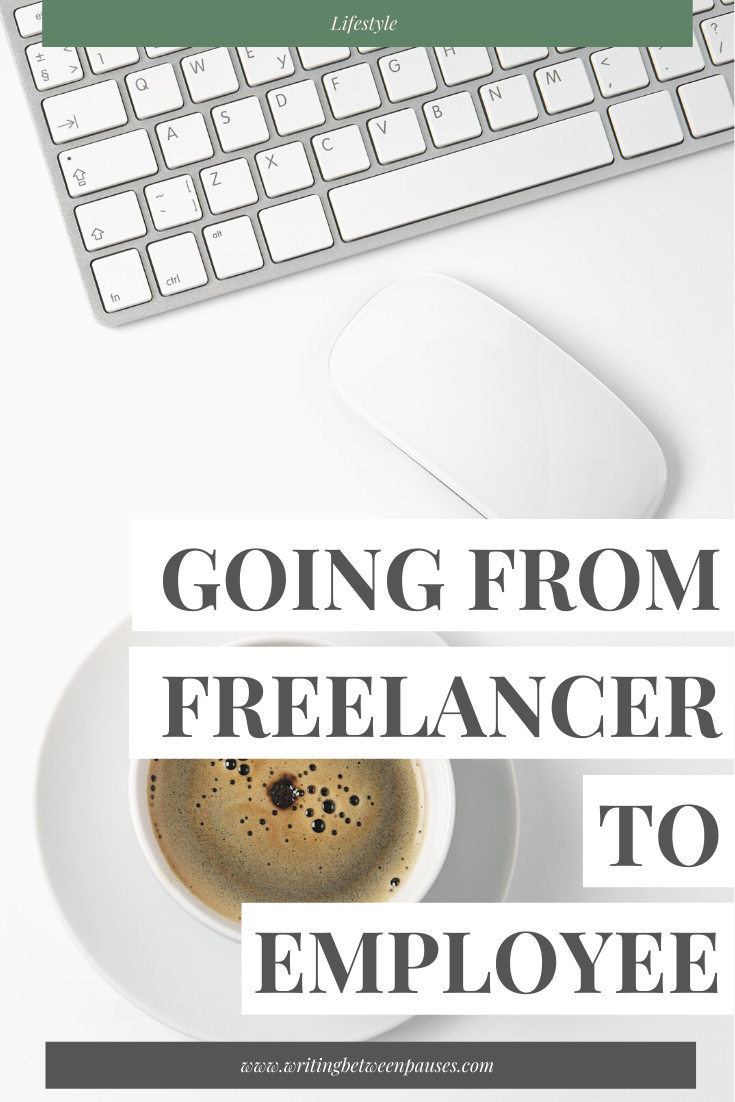




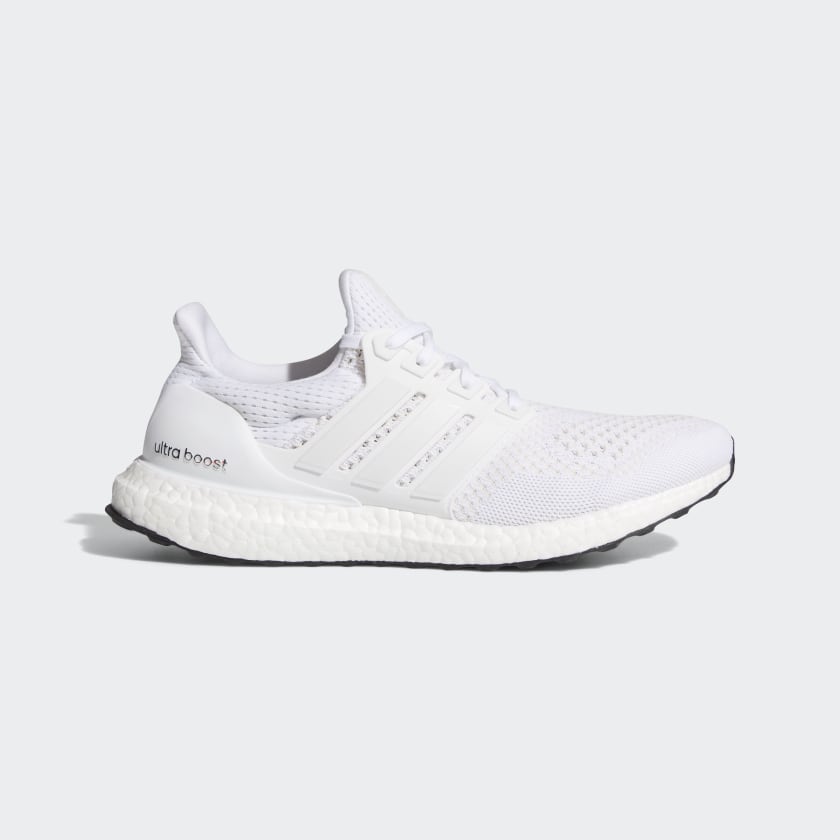


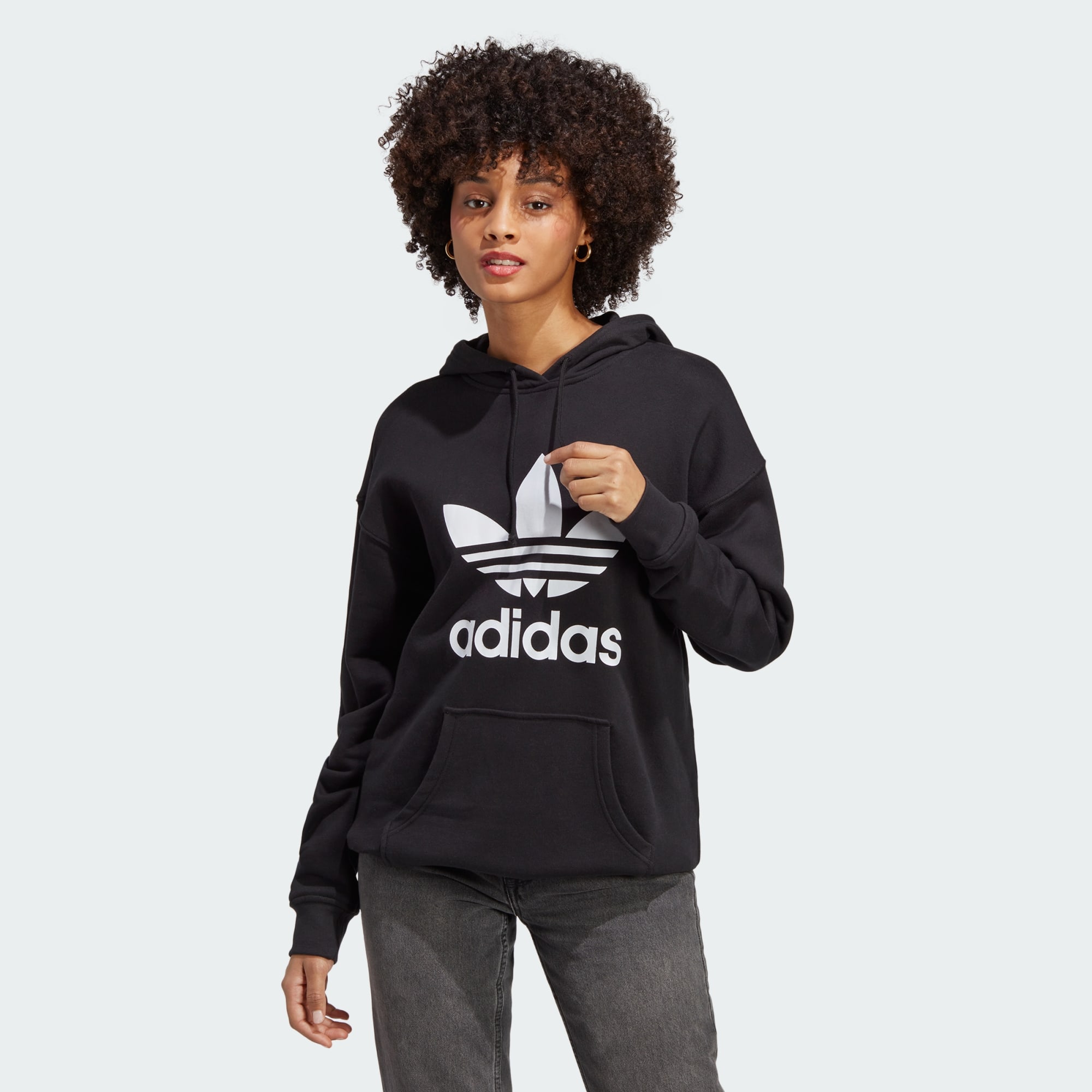




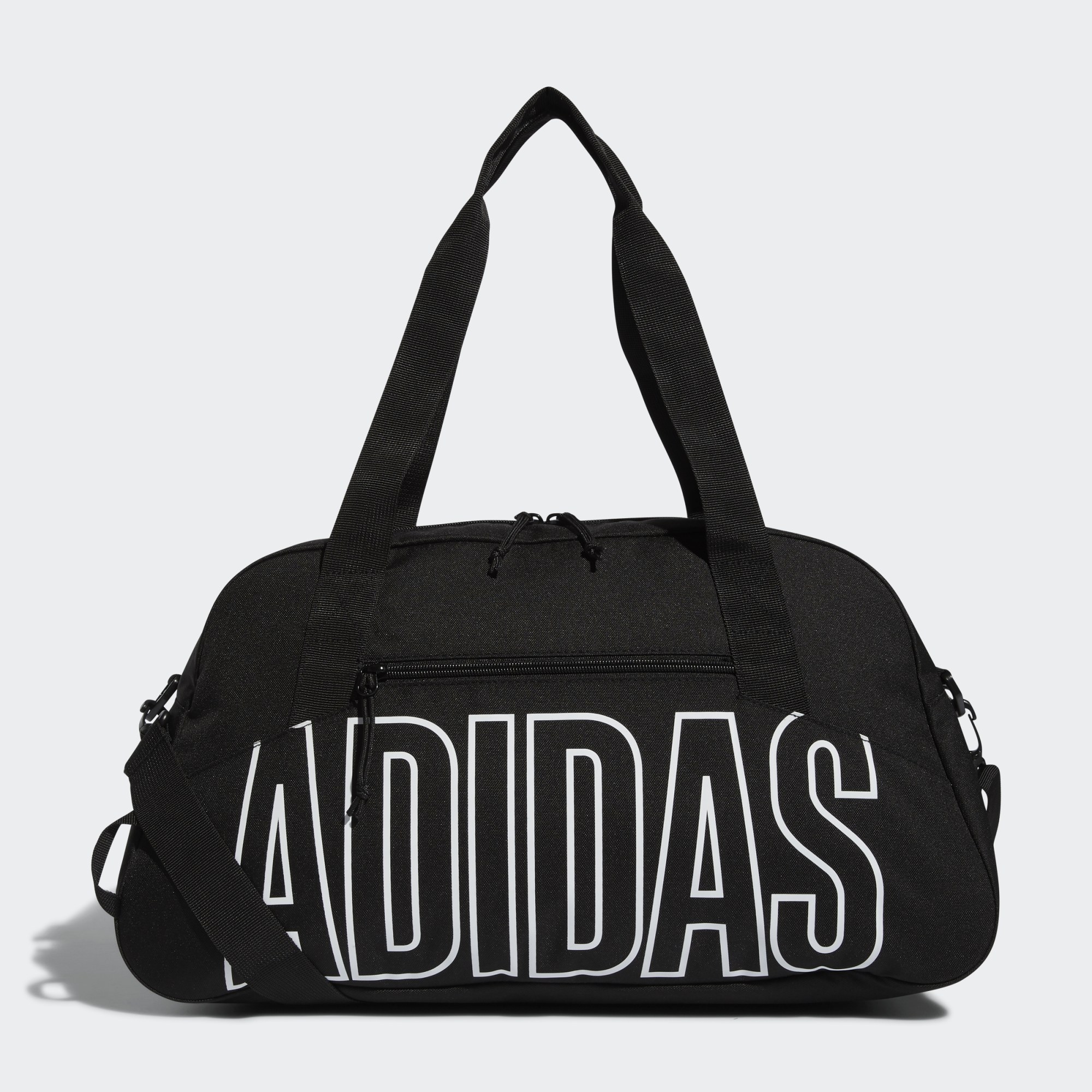
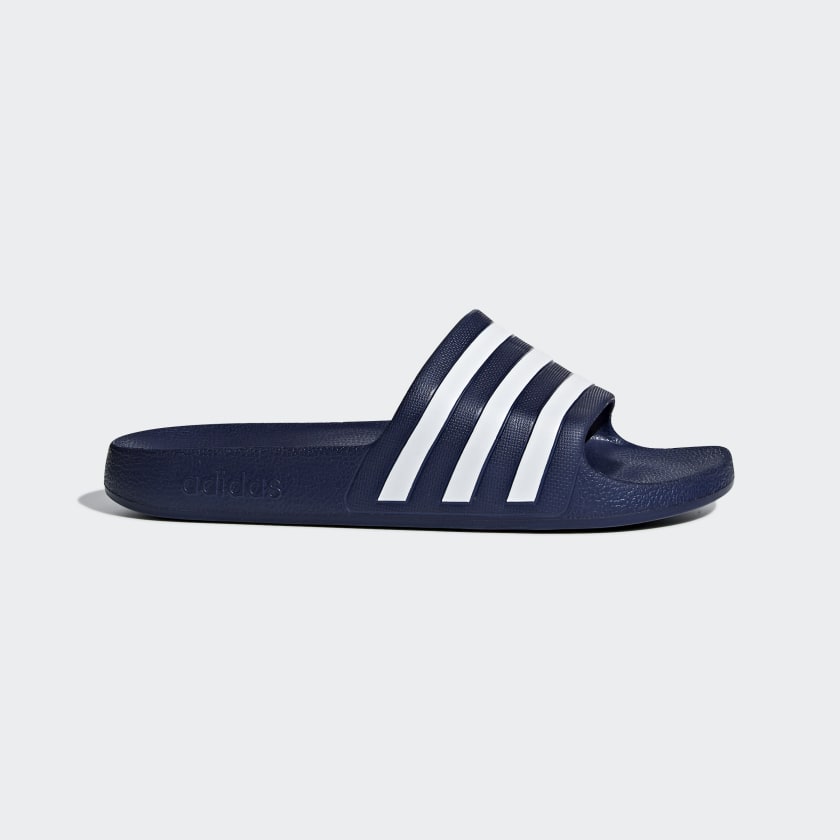
_crystals_White_FX7482_01_standard.jpg)



